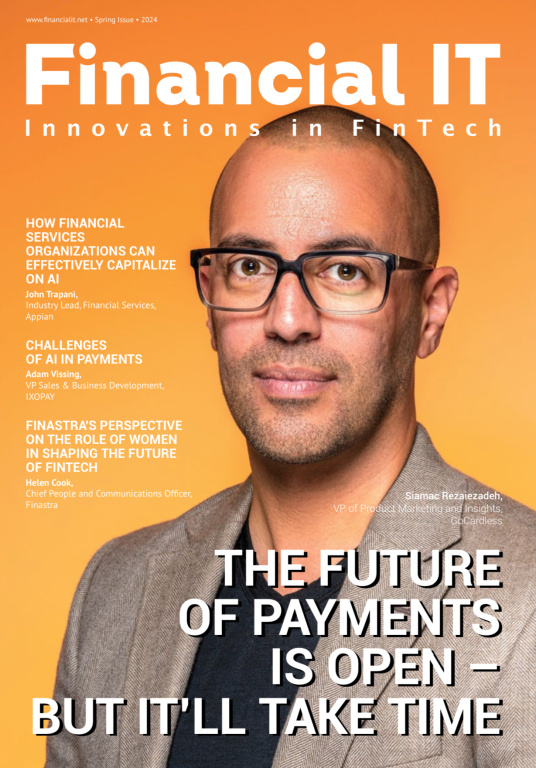Robo-advisors adoption: A promising start

- Phil Siarri, Principal Advisor at psiarri.xyz
- 15.08.2016 05:15 am Wealth Management
Robo-advisors are one of the most talked about subjects within the fintech ecosystem. On paper it’s a great concept and consumers around the world are giving them a shot.
What are robo-advisors?
A robo-advisor is an online wealth management service that provides automated, algorithm-based portfolio management advice without human financial planners. Such use similar software as traditional advisors with a focus on portfolio management and generally do not get involved in more personal aspects of wealth management like taxes, retirement or estate planning. Those conditions often mean lower or no minimum deposits and reduced fees.
Early adoption is strong among the wealthy
Based on a recent PwC study that polled 1,010 wealthy individuals 13% and 23% of the wealthy, or those with at least $1 million in investable assets, use robo-advisors in Asia and Europe respectively. North America’s adoption among this group is much more modest at 6%. An explanation for this is that perhaps the local service culture puts an emphasis on human interaction, especially if monetary investment is high ... for now.
Middle-class and millennial consumers
What about individuals outside of the traditional “well to do” wealth management market? In July 2016, Betterment, the granddaddy of American robo-advisors, announced its assets under management had surpassed $5 billion, becoming the first robo-advisor to reach that milestone thanks to a generous no minimum deposit and low fees. The average account balance is $29,000 while the largest amount invested by an individual is $10 million. This is a big contrast with mainstream wealth management services which often require a minimum of $1 million (USD) in investable assets. Wealthfront, another leading robo-advisor services in the US with $2 billion in customer assets as of March 2015, reports that 60 percent of its clients are under 35 and 90 percent are under 50.
Looking ahead
Obviously, it might take some time for robo-advisors to truly become a widely adopted service. For example it took roughly 20 years since the 1980s for basic online banking services to get some significant traction in developed countries. I predict that millennial consumers’ adoption rate of convenient, “minimal human interaction” financial services will skyrocket once this group has more assets to invest (the next 5 years might prove decisive).
Research, thoughts and opinions are my own.


























